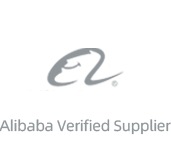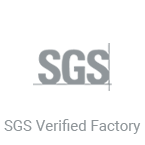In the home textile industry, floor mats, mattresses, curtains, tablecloths, wall cloths, fabric skirting, carpets, etc. will all use bonding to varying degrees, including the bonding of fabrics for other purposes. What is the application of hot melt adhesive film for textile fabrics? Continue to know more now: Hot melt adhesive films of different compositions will be used for different purposes, different materials and different needs. For example, in the curtain industry, TPU hot melt adhesive mesh is used more for bonding blackout curtains.
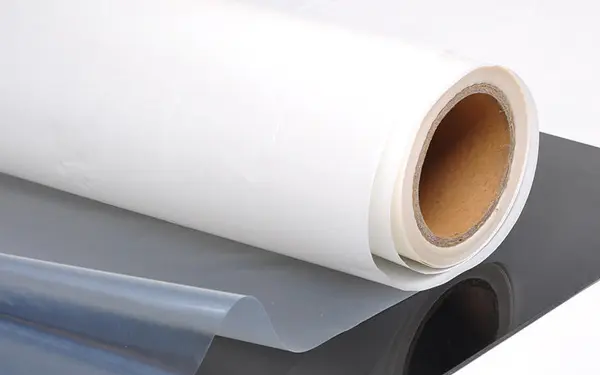
In the production process of hot melt wall cloth, EVA hot melt adhesive mesh is used for bonding the wall cloth cover cloth and the reinforced non-woven fabric, and EVA hot melt adhesive film is used for wall mounting. The selection of hot melt adhesive films for other purposes is also different, and specific analysis is required for specific situations. Regarding the selection of specific purposes, Alster will introduce them to you one by one.
Hot Melt Adhesive Film for Curtain Fabric
At present, blackout curtain fabric bonded with hot melt adhesive has gradually become popular in the market. It is usually composed of a multi-layer structure. The product structure of blackout curtains is from top to bottom: fabric-hot melt adhesive layer-blackout layer-hot melt adhesive layer-fabric, a total of five layers. The blackout layer of the curtain uses a polymer film made of TPU as the raw material. This film can achieve a blackout rate of nearly 100%. The colors are pure black, white black and white, and black and white.
The commonly used thickness is about 0.02mm. This design ensures that the curtain feels soft. Blackout film is one of the main raw materials of blackout curtains and is irreplaceable, but it has no stickiness and needs to be bonded through the adhesive layer. We know that in addition to bonding strength and water resistance, the most important thing about blackout curtains is the feel, and the fabric layer and the middle blackout film layer are fixed, and the optimization space is limited.
Therefore, what we can change is the choice of hot melt adhesive layer. The choice of hot melt adhesive layer will directly determine the feel of the product after bonding. Therefore, the hot melt adhesive film used for curtain fabrics is generally TPU hot melt adhesive film.
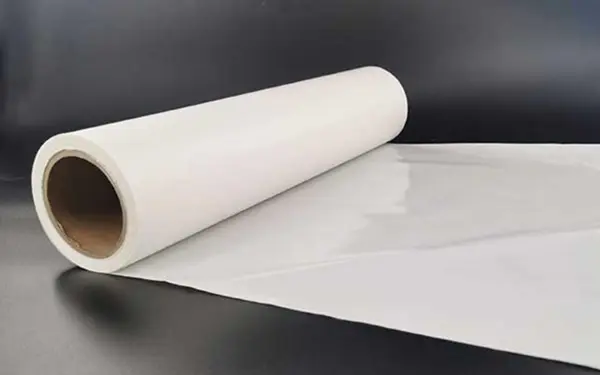
Hot Melt Adhesive Film for Carpets or Floor Mats
TPU hot melt adhesive film with medium and high temperature melting point not only has good bonding performance, but also has good water washability and good elasticity, which can meet the requirements of carpet floor mat lamination. Generally, the service life of hot melt adhesive film is about five years, and some can reach ten years, so the service life of TPU hot melt adhesive film can also meet the lamination requirements of carpet floor mats. Therefore, medium and high temperature TPU hot melt adhesive film is the most suitable hot melt adhesive film for carpet floor mat lamination.
Hot Melt Adhesive Film for Wall Cloth Waistline
Hot melt adhesive products are solid at room temperature, without solvent, and will not volatilize. They are environmentally friendly adhesives and are widely used in various fields. Hot melt adhesive film is to make hot melt adhesive into a thin film with a layer of release paper (oil paper) on the back, which is convenient to operate and easy to use. Using hot melt adhesive film products on the back of the fabric skirting will be more efficient when used. As long as the release paper is removed, the fabric can be bonded to the wall with an iron.
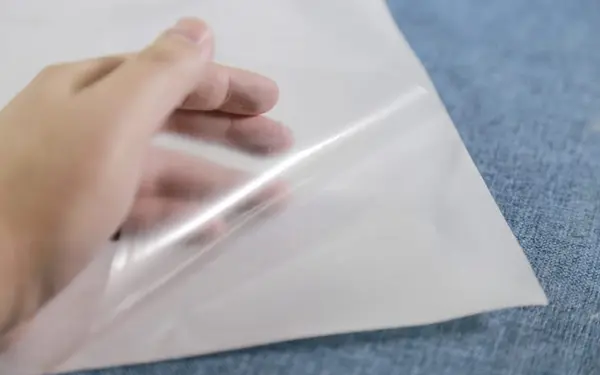
Therefore, usually the hot melt adhesive film for textile fabrics – wall cloth generally adopts low-temperature TPU hot melt adhesive strips. The hot melt adhesive strips made of TPU ingredients have good water resistance, which can keep the products after bonding from deboning when encountering water, and have good adhesion (stickiness) to textile fabrics, wood, and walls.
Hot Melt Mesh for Bonding Wall Cloth Surface Cloth and Reinforcement Layer
In hot melt wall cloth, the most important raw material is the hot melt adhesive layer used for ironing on the wall. Usually, customers with such needs to require the hot melt adhesive to be low temperature and firmly bonded, so that the product quality can be guaranteed while the operation can be faster. Here we recommend EVA hot melt adhesive film and ultra-low temperature TPU hot melt adhesive film.
Unlike TPU, EVA material is more elastic and has good adhesion to polypropylene, wall and wood products, while TPU material is OK for textiles, but the adhesion to the wall will be relatively poor, and the specific test needs to be tested to draw conclusions. Therefore, the hot melt adhesive used for bonding wall cloth and reinforcement layer is generally EVA material hot melt mesh.
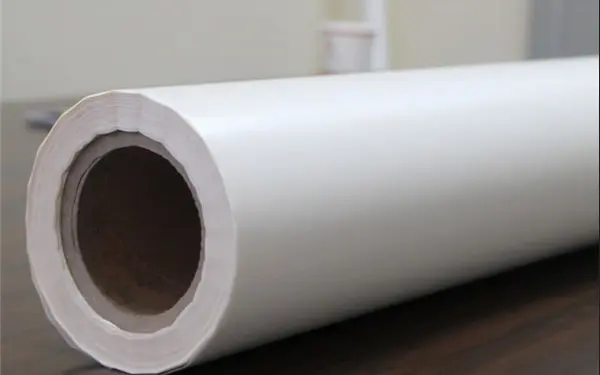
Find a Professional Hot Melt Adhesive Film Manufacturer
In summary, I believe you have a good understanding of the hot melt adhesive films that can be used in the textile industry, including curtains, carpets, floor mats, wall coverings and other fields. Are you looking for a suitable hot melt adhesive film for your factory? If you are looking for a suitable manufacturer of hot melt adhesive film for textile fabrics, welcome to contact Alster. We have professional export experience. At present, our products have been exported to more than 20 countries in the world, and many customers continue to cooperate with us.





